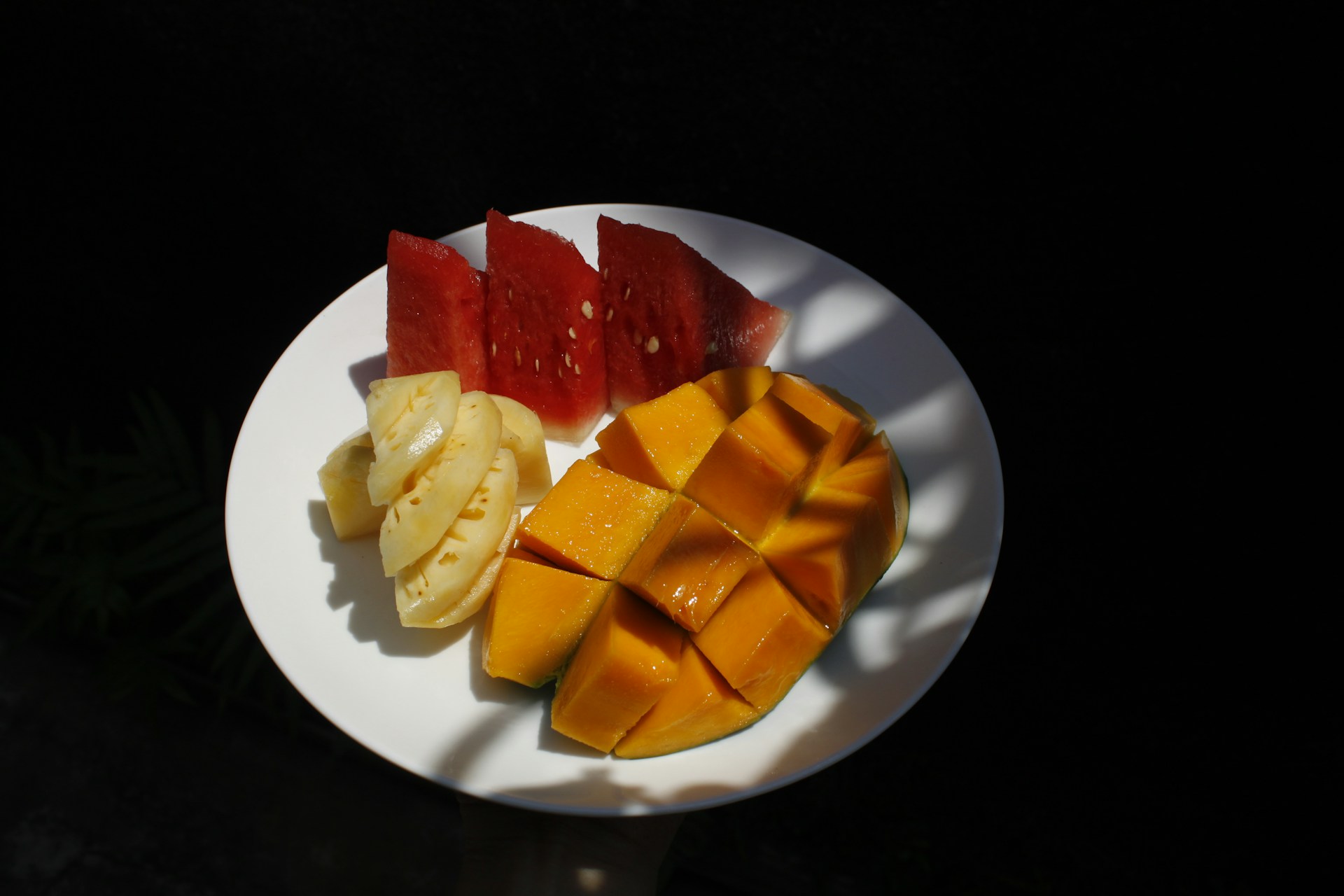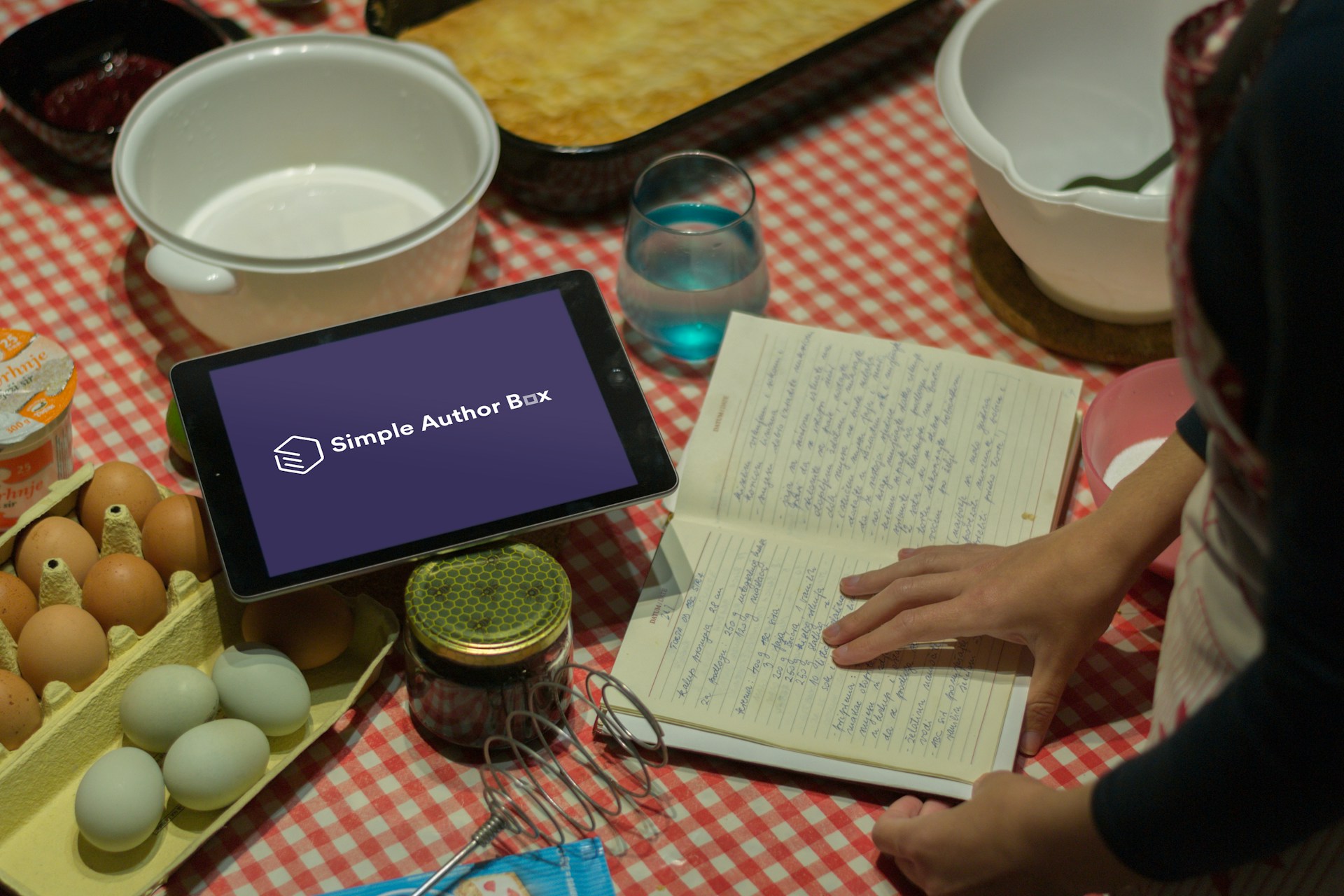Personal Hygiene, Water Availability, and Environmental Sanitation with the Incidence of Stunting in Toddlers Aged 6–59 Months in the Working Area of the Singorojo I Public Health Center, Kendal Regency
Personal Higiene, Ketersediaan Air, dan Sanitasi Lingkungan dengan Kejadian Stunting pada Balita Usia 6–59 Bulan di Wilayah Kerja Puskesmas Singorojo I, Kabupaten Kendal

Downloads
Backgrounds: Stunting is a chronic nutritional problem in Indonesia. The increase in the incidence of stunting in Indonesia is influenced by various factors such as maternal, nutritional, socioeconomic, and environmental factors. Personal hygiene of mothers and children, access to basic sanitation, and clean water are associated with high stunting rates in the Singgorojo 1 Public Health Center.
Objectives: Determined the relationship between personal hygiene, water availability, and environmental sanitation with the incidence of stunting in toddlers aged 6–59 months.
Methods: Observational analysis used a case-control design. Data were collected through interviews using questionnaires and observation of children. The affordable population of this study was toddlers aged 6-59 months in the working area of "‹"‹the Singgorojo Health Center 1. The sample used was 50 toddlers aged 6-59 months. The sampling technique was carried out by consecutive sampling. Data analysis used Chi-Square, Fisher Exact, and Logistic Regression tests.
Results: The relationship between personal hygiene (OR=5.762; p=0.012; 95% CI=1.363–24.362), water availability (OR=4.571; p=0.349; 95% CI=0.473–44.170), and environmental sanitation with stunting incidence ( OR=9.333; p=0.001; 95% CI=2.431–35.839). The results of the multivariate analysis of the relationship between personal hygiene (OR=3.867; p=0.111; =1.353; 95% CI=0.732–20.423), water availability (OR=10.305; p=0.066; =2.333; 95 % CI =0.858–123.732), and environmental sanitation with stunting incidence (OR=10.535; p=0.002; =2.355; 95% CI=2.419–45.887).
Conclusions: Personal hygiene and environmental sanitation are associated with stunting in toddlers aged 6–59 months.
Kemenko PMK. Menko PMK Beberkan Kunci Atasi Gizi Buruk dan Stunting. (2021). Available at: https://www.kemenkopmk.go.id/menko-pmk-beberkan-kunci-atasi-gizi-buruk-dan-stunting. (Accessed: 24th September 2021).
Wulandari, Rahayu, F. & Darmawansyah. Hubungan Sanitasi Lingkungan dan Riwayat Penyakit Infeksi dengan Kejadian Stunting di Wilayah Kerja Puskesmas Kerkap Kabupaten Bengkulu Utara. Jurnal Ilmiah Avicenne 14. 2, 1–52 (2019). DOI: https://doi.org/10.36085/avicenna.v14i02.374
Charalambous, A., Giannakopoulou, M., Bozas, E. & Paikousis, L. A Randomized Controlled Trial for the Effectiveness of Progressive Muscle Relaxation and Guided Imagery as Anxiety Reducing Interventions in Breast and Prostate Cancer Patients Undergoing Chemotherapy. Evidence-based Complement. Altern. Med. 2015, (2015).
Desyanti, C. & Susila Nindya, T. Hubungan Riwayat Penyakit Diare dan Praktik Higiene dengan Kejadian Stunting pada Balita Usia 24-59 Bulan di Wilayah Kerja Puskesmas Simolawang, Surabaya. Amerta Nutr. 1. 3, 23–33 (2017) doi:10.2473/amnt.v1i3.2017.243-251.
Lestari, W., Margawati, A. & Rahfiludin, M. Z. Faktor Risiko Stunting pada Anak Umur 6-24 Bulan di Kecamatan Penanggalan Kota Subulussalam Provinsi Aceh. Jurnal Gizi Indones. 3 (2014). DOI: https://doi.org/10.14710/jgi.3.1.126-134
Ayu Oktifasari, D. et al. Analisis Hubungan Riwayat Kekurangan Energi Kronis Ibu Hamil terhadap Balita Stunting di Popongan Kabupaten Karanganyar. Avicenna J. Heal. Res. 5, (2022).
Ministry of Health of Indonesia. Mengenal Apa Itu Stunting. (2022). Available at: https://yankes.kemkes.go.id/view_artikel/1388/mengenal-apa-itu-stunting. (Accessed: 23rd February 2023).
Trihono, Sudomo, M. & Indonesia. Pendek (stunting) di Indonesia: Masalah dan Solusinya. (2015). Available at: http://repository.bkpk.kemkes.go.id/3512/1/Pendek%20%28Stunting%29%20di%20Indonesia.pdfhttp://repository.bkpk.kemkes.go.id/3512/1/Pendek%20%28Stunting%29%20di%20Indonesia.pdf. (Accessed: 21st Februari 2021).
Kementrian Kesehatan RI. Studi Status Gizi Balita Terintegrasi Susenas 2019. (2020). Available at: https://persi.or.id/wp-content/uploads/2020/11/event8-02.pdf. (Accessed at 24th January 2021).
Ministry of Health of Indonesia. Hasil Utama Riskesdas 2018. https://kesmas.kemkes.go.id/assets/upload/dir_519d41d8cd98f00/files/Hasil-riskesdas-2018_1274.pdf. (Accessed: February 12, 2021)
Kecamatan Singorojo dalam Angka 2020. (2020). Available at: https://kendalkab.bps.go.id/publication/2020/09/28/1913d0cb781d7b3ae7e79fa2/kecamatan-singorojo-dalam-angka-2020.html. (Accessed: 21st August 2021).
Nugroho, A., dkk. Peran Tanah sebagai Reservoir Penyakit. Vektora. 6, 1, 27-32 (2014).
UNICEF. These New Estimates Supersede Former Analyses and Results Published by UNICEF, WHO and the World Bank Group. (2019). Available at: https://apps.who.int/nutrition/publications/jointchildmalnutrition-2019-estimates/en/index.html. (Accessed: 17th January 2021).
Rah, J. H. et al. Household Sanitation and Personal Hygiene Practices are Associated with Child Stunting in Rural India: A Cross-Sectional Analysis of Surveys. BMJ Open 5, (2019). https://doi.org/10.1136/bmjopen-2014-005180.
Mahyudin Syam, D., Sunuh. Hubungan Kebiasaan Cuci Tangan, Mengelola Air Minum dan Makanan dengan Stunting di Sulawesi Tengah. Gorontalo J. Public Heal. 3 (2019).
Harsa, IMS., Hubungan Antara Sumber Air dengan Kejadian Diare Padawarga Kampung Baru Ngagelrejo Wonokromo Surabaya. J. of Agromedicine and Medical Sci. 5, 3 (2019).
Wulandari. Hubungan Sanitasi Lingkungan dan Riwayat Penyakit Infeksi dengan Kejadian Stunting di Wilayah Kerja Puskesmas Kerkap Kabupaten Bengkulu Utara Tahun 2019. Jurnal Ilmiah Avicenna. 14 (2019). DOI: https://doi.org/10.36085/avicenna.v14i02.374.
Sinatrya, AK. Hubungan Faktor Water, Sanitation, and Hygiene (WASH) dengan Stunting di Wilayah Kerja Puskesmas Kotakulon, Kabupaten Bondowoso. Amerta Nutr. 3. 3, 164-170 (2019). DOI: 10.2473/amnt.v3i3.2019.164-17.
Copyright (c) 2023 Amerta Nutrition

This work is licensed under a Creative Commons Attribution-ShareAlike 4.0 International License.
AMERTA NUTR by Unair is licensed under a Creative Commons Attribution-ShareAlike 4.0 International License.
1. The journal allows the author to hold the copyright of the article without restrictions.
2. The journal allows the author(s) to retain publishing rights without restrictions
3. The legal formal aspect of journal publication accessibility refers to Creative Commons Attribution Share-Alike (CC BY-SA).
4. The Creative Commons Attribution Share-Alike (CC BY-SA) license allows re-distribution and re-use of a licensed work on the conditions that the creator is appropriately credited and that any derivative work is made available under "the same, similar or a compatible license”. Other than the conditions mentioned above, the editorial board is not responsible for copyright violation.












































